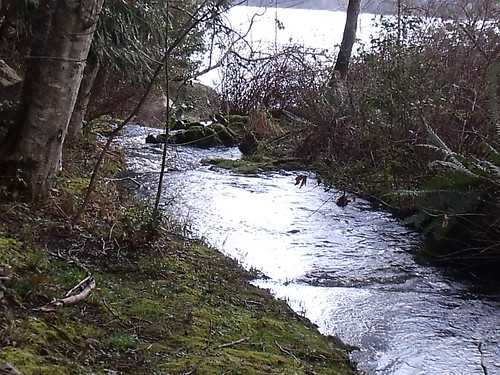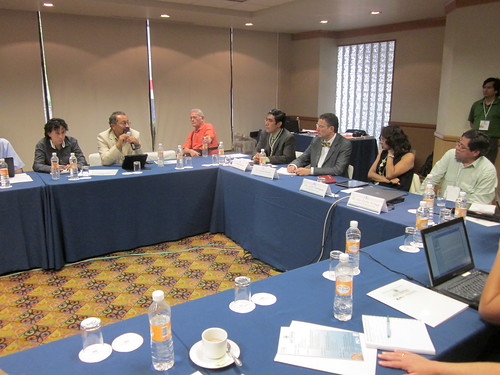I have been studying transboundary water governance for a few years now, and one of the things that strikes me the most is that we still have many more questions on how to build strong and resilient institutions to govern water bodies that cross nation-state boundaries than we do have answers. For example, in the Northern part of Mexico, the US-Mexico border faces many environmental challenges, water being one of the most important ones. The US-Mexico 1944 treaty was supposed to establish cross-national institutions to govern how water was distributed across the Rio Grande/Rio Bravo basin.
However, there is still much source of conflict in transboundary water resource sharing. The West Bank area shares water bodies and there is still enormous conflict there. Many countries share transboundary water bodies. As the UN Water website indicates:
There are 276 transboundary river basins in the world (64 transboundary river basins in Africa, 60 in Asia, 68 in Europe, 46 in North America and 38 in South America). 185 out of the 276 transboundary river basins, about two-thirds, are shared by two countries. 256 out of 276 are shared by 2, 3 or 4 countries (92,7%), and 20 out of 276 are shared by 5 or more countries (7,2%), the maximum being 18 countries sharing a same transboundary river basin (Danube). 46% of the globe’s (terrestrial) surface is covered by transboundary river basins. 148 countries include territory within one or more transboundary river basins. 39 countries have more than 90% of their territory within one or more transboundary river basins, and 21 lie entirely within one or more of these watersheds. The Russian Federation shares 30 transboundary river basins with riparian countries, Chile and United States 19, Argentina and China 18, Canada 15, Guinea 14, Guatemala 13, and France 10.
2013 marks the Year of International Water Cooperation, and much as it is the trademark of the UN Water year, I’m not certain we know the proper mechanisms for transboundary water cooperation.
I recently participated in an international experts workshop on transboundary water governance and climatic change. At the workshop I presented preliminary work of mine where I compare how US-Canada and US-Mexico water governance initiatives are adapting to climatic change, and whether there is some explanation for the ways in which cross-border collaboration occurs.
I have also done other work on transboundary water governance. With Emelie Peacock, I have examined how well does a cooperation-conflict continuum tool (the Transboundary Water Interactions Nexus tool, TWINS) apply in a global environmental politics classroom setting. We also examined how useful TWINS was to analyze cross-border collaborative initiatives for transboundary water governance.
What I have learned in my research so far is that transboundary water governance requires robust cross-national collaboration that is then enshrined in strong international institutions. But we are still way too far to say that we have the answers that the world requires. There’s still much work to do!



0 Responses
Stay in touch with the conversation, subscribe to the RSS feed for comments on this post.